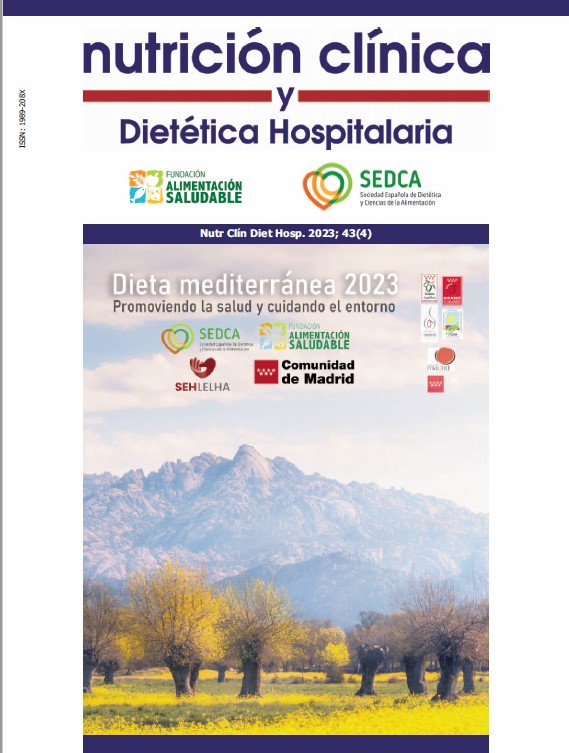Nutritional status and clinical characteristics associated with mortality in patients COVID-19 with enteral nutritional therapy.
DOI:
https://doi.org/10.12873/434palaciosKeywords:
COVID-19, estancia hospitalaria, nutrición enteral, mortalidad, obesidadAbstract
Introduction: During the pandemic, Peru had the highest
mortality rate from COVID-19, the highest in the world, compared to European and/or underdeveloped countries, the highest number of deaths occurred in older adults and adults of the gender male.
Objective: To evaluate the association between nutritional
status and clinical characteristics with mortality in patients
with COVID-19 with enteral nutritional therapy.
Material and methods: Analytical, retrospective, longitudinal case-control research. The final study sample consisted of 61 adult patients diagnosed with COVID-19, hospitalized during the period July 2020 to December 2021; in the areas of Intensive Care Units (ICU) and Intermediate Care Unit of the Uldarico Rocca Fernandez Hospital in Lima-Peru. The information was obtained through the electronic record of medical records that were filled out by health professionals. To assess the association and/or risk, the chi-square test, Odds ratio (OR) and logistic regression were used.
Results: 65.6% were male, 40% were older adults, 25%
presented obesity, 72.1% were hospitalized in intensive care
units, 35.7% required invasive mechanical ventilation and
oxygen mask with reservoir, 80. 3% died. The female sex was significantly associated with a lower probability of mortality in the adjusted model (OR = 0.03, 95%CI: 0.00 – 0.51, p<0.05). Being older showed a significant association with a higher risk of mortality in the adjusted model (OR = 32.06, 95%CI: 2.17 – 472.34, p<0.05).
Conclusion: A higher risk of mortality was found in elderly
male patients with nutritional risk and prolonged hospital stay with enteral nutritional therapy.
Additional Files
Published
How to Cite
License
Copyright (c) 2023 Nutrición Clínica y Dietética Hospitalaria

This work is licensed under a Creative Commons Attribution-NonCommercial-NoDerivatives 4.0 International License.
Los lectores pueden utilizar los textos publicados de acuerdo con la definición BOAI (Budapest Open Access Initiative)



